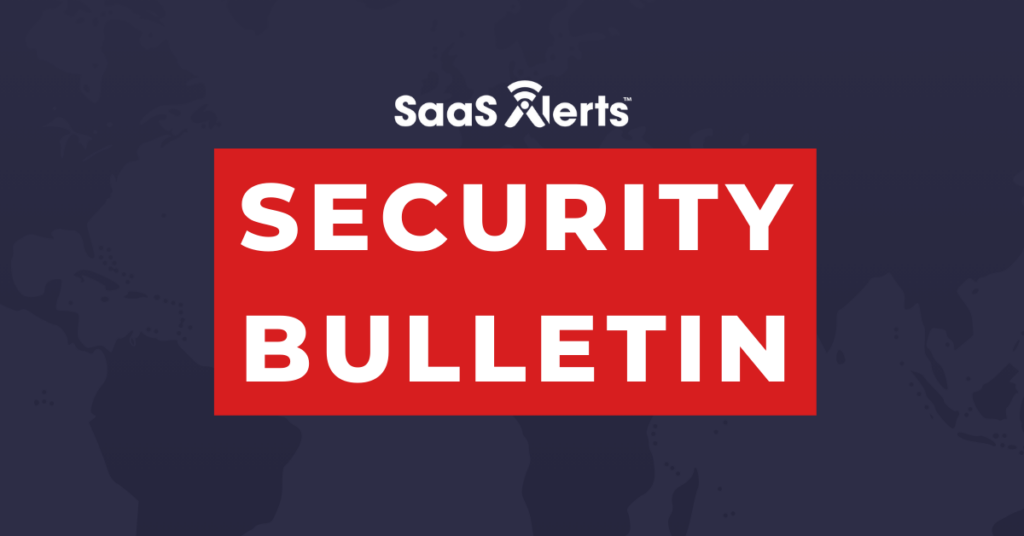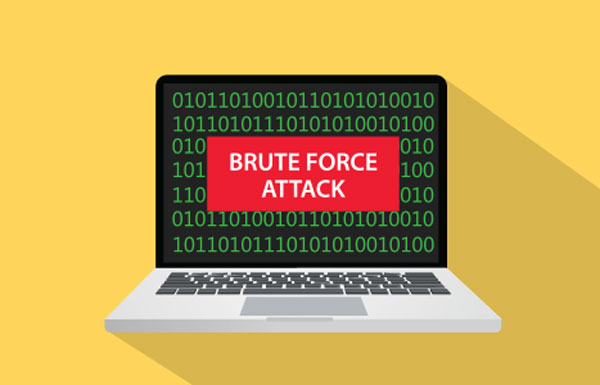The Importance of Cybersecurity for MSPs
For managed service providers (MSPs), navigating the different aspects of IT support for clients is a constant juggling act. From being a subject matter expert to providing constant customer service, every facet demands attention to retain clients.
With your plate nearly full with these key functions, cybersecurity for MSP often takes a backseat, which can put the entire business at risk. After all, the 2023 MSP Threat Report reveals a rising risk of supply chain and critical infrastructure attacks targeting MSPs.
By 2026, businesses are expected to incur nearly $80.6 billion in costs from software supply chain attacks. In these attacks, cybercriminals target and compromise the software, hardware or services that make up the supply chain of an organization. If attackers compromise the tools used by the MSP, they can propagate malware to the systems of various clients managed by the MSP.
An Overview of Top Internal Tools for MSPs
According to Okta, on average, organizations use 89 apps and larger companies use 187 applications. When it comes to MSPs, the most common tech stack includes professional services automation (PSA), remote monitoring and management (RMM) and IT documentation tools.
Let’s break down the role of these MSP management tools:
1. PSA Tools
PSA tools streamline and automate various business processes within an MSP organization. They help manage the entire lifecycle of client engagement, from initial contact and sales through to ongoing support and invoicing.
The key features of PSA tools for MSPs include:
- Customer relationship management (CRM): Maintains client information, communication history and sales opportunities.
- Ticketing system: Documents service requests or tickets, keeping a detailed history of each user at a customer’s organization.
- Time tracking: Tracks the hours technicians spend on specific service issues, helping with billing and providing insights into each customer’s return on investment (ROI).
- Billing assistance: Exports data to billing packages or serves as billing platforms themselves.
- Overall management tool: Monitors interactions with individual users, tracking productivity and assessing the overall efficiency of the MSP.
2. RMM Tools
RMM tools enable MSPs to efficiently update operating systems, applications, antivirus and anti-malware software across all customer environments without the need for manual on-site visits. They provide continuous visibility into the health and performance of devices, networks and applications, allowing proactive maintenance and issue resolution.
Important features of a RMM tool for MSPs include:
- Remote control: Allows technicians to access devices and troubleshoot issues remotely.
- Monitoring and alerts: Monitors system health and generates alerts for potential issues.
- Patch management: Ensures that operating systems and software are up-to-date with the latest patches.
- Antivirus and security management: Manages security software and monitors for potential cyber threats.
- Automation: Automates routine tasks and maintenance activities to improve efficiency.
3. IT Documentation Tools
IT documentation tools are crucial for maintaining accurate and up-to-date information about clients’ IT environments. They serve as a centralized repository for technical details, configurations and procedures.
Key features include:
-
- Network documentation: Records information about devices, configurations and network topology.
- Configuration management: Documents software configurations, settings and license information.
- Documentation of procedures: Stores standard operating procedures (SOPs) and best practices.
- Change management: Tracks changes made to the IT infrastructure over time.
- Asset inventory: Maintains a comprehensive inventory of hardware and software assets.
- Device and admin passwords: Maintains important passwords necessary to access customer devices, SaaS application management accounts or remote backup accounts.
These three types of managed service provider tools are often integrated to create a seamless workflow. For example, a alert created in the RMM system might trigger a ticket in the PSA system for remote troubleshooting. Then the documentation tool is checked for the specific system names, credentials and specific configuration information.
Top Reasons to Protect Internal MSP Software Tools
Monitoring internal tools is essential for MSP security, as a compromise could potentially expose sensitive information of customer and provide access to all client systems.
By protecting your internal MSP tools, you can better:
1. Safeguard Sensitive Client Information
Securing your own tech stack prevents unauthorized access to sensitive client information within PSA, RMM and IT documentation tools. A security breach may expose the MSP to an increased risk of cyber attacks, including targeted brute force attacks or phishing attempts aimed at exploiting the compromised information.
2. Avoid Workflow Disruptions
IT documentation tools store the intellectual property of an MSP, including client network designs, credentials, configurations and procedures. If this information becomes compromised, the MSP may need to dedicate resources to investigate and mitigate data breaches. This threat leads to disruptions in regular business operations and impacts the delivery of services to clients.
3. Ensure Business Continuity
Unauthorized access to internal MSP tools grants bad actors control over every facet of the MSP’s operations, such as client networks, managed end-user devices and SaaS apps. It could result in a business-ending event for the MSP and depending on the attack’s severity, clients may also face significant consequences. Safeguarding these tools becomes paramount to prevent catastrophic outcomes and ensure the business continuity of both the MSP and its clients.
4. Comply with Regulations
Regulatory compliance, particularly in industries like healthcare and finance, requires a high level of data protection and privacy. Unauthorized access to client data through compromised PSA, RMM or IT documentation tools could lead to violations of these regulations, resulting in legal consequences and financial penalties.
5. Prevent Unauthorized Changes
Unauthorized access to PSA tools leads to unauthorized changes in service contracts or billing details. For example, a malicious actor might alter service agreements, change billing rates or manipulate financial records. Such changes result in financial loss for both the MSP and its clients. Clients may be billed incorrectly, leading to disputes and a loss of trust.
6. Maintain Data Integrity
The automated processes of RMM tools directly impact the configuration and performance of client systems; however, unauthorized access to these tools poses a risk of unintended changes, compromising the integrity of data and system configurations.
How to Protect MSP Tools from Supply Chain Attacks
Here are the top four strategies to mitigate supply chain attacks:
- Secure software development practices: Keep PSA, RMM and IT documentation tools up-to-date by promptly applying patches and updates released by vendors to address security vulnerabilities.
- Access controls and authentication: Implement role-based access control (RBAC) and IP whitelisting to restrict access to PSA, RMM and IT documentation tools based on job roles. This approach makes it more difficult for unauthorized users to gain access.
- Regular security audits: Conduct regular security audits and assessments of MSP tools to identify vulnerabilities and areas for improvement.
- Monitoring: Continuously monitor network activities to detect unusual patterns within the tools and swiftly respond by isolating the affected components.
Monitor with SaaS Alerts: Your Exclusive Solution for Protecting MSP Internal Tools
SaaS Alerts stands as the sole platform to help differentiate your MSP by supercharging your own cybersecurity. Our robust logging and log analysis features provide valuable insights into your internal tools as well as your clients’ SaaS applications. With our continuous monitoring and alerting capabilities, you get visibility into PSA, RMM and IT documentation tools, so you’re alerted of any unusual, high-risk behavior and can take action quickly to prevent a possible cybersecurity disaster.
Start your free trial to see for yourself how SaaS Alerts monitors MSP management tools.






